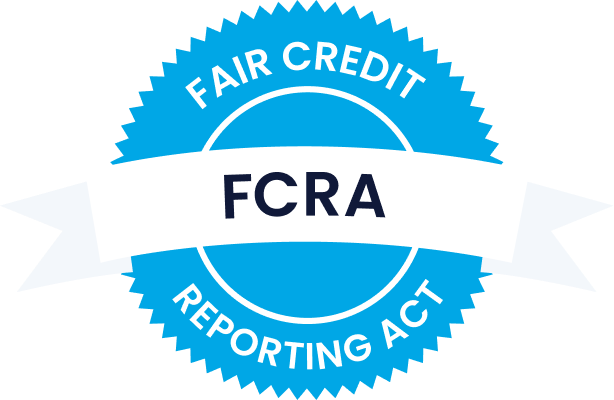As an Ohio-based landlord, it’s either smooth sailing or a juggling act. Understanding local and statewide rent control laws, the housing market, and economic conditions can guide rent adjustments and steer you toward your financial goals. Learn more about Ohio’s rental process in this guide.
2024 updates to Ohio’s rent increase guidelines
In Ohio, local rent control ordinances are restricted from capping rent increases. Ohio prohibits local governments from creating their own rules regarding rent stabilization. Instead, Ohio enacted Bill 430 in 2022, urging landlords to maintain reasonable rent levels and not increase rent unfairly when new tenants move in.
The motivation behind rent control often stems from the scarcity of affordable housing options. With Ohio’s recent laws preventing rent caps, the aim is to foster competition and expand the availability of affordable housing by increasing inventory through building.
How to raise rental rates in Ohio
Before adjusting the rent on your rental property, it’s essential to determine a fair price and prepare the proper paperwork notifying tenants. Follow along with these steps to streamline the process.
Step one: Determine your new rent price
Start by reviewing the rental agreements you have in place and researching the prices of similar rental units in your neighborhood.
Consider factors such as market value, current market conditions, and, most notably, your financial goals.
When there’s a demand for housing, mingled with various economic factors, rent prices tend to go up. Many economic elements can affect the housing market.
Step two: Prepare the notice of rent increase
Once you’ve determined the new rental rate, prepare your notice in writing or hyperlink the rent increase notice in an email. Some landlords choose to explain why they are applying a rent hike to the lease renewal.
Step three: Notify your tenant of the official rent increase notice
Always provide your tenants sufficient notice to plan for the upcoming change in their expenses. By giving your tenants proper notice, they have an opportunity to prepare financially and ensure they can meet the new rental obligation. This also helps you secure your rental income. Strive to give your tenants a 30-day notice at a minimum so that they can make all necessary arrangements.
Opportunities in the Ohio rental market
For all landlords wanting to navigate rental disputes or considering a rental business venture in Ohio, Ohio’s rental scene offers worthwhile opportunities and insights. With a median rent of $1,250 and properties ranging from $100 to $119,000, the market presents opportunities and challenges for investors seeking a passive income.
The median rent prices have remained steady in the last twelve months since the previous year. In February 2024, Ohio rent costs saw a minor increase of one dollar from January 2024, retaining the median rent.
Ohio’s average rent vs. the rest of the U.S.
Today, there are 14,456 available rentals in Ohio, offering ample opportunities for tenants and landlords alike. The current median rent at $1,250 is $750 lower than the national average, presenting investors and tenants with a more affordable housing market.
The national average rent is $2,000. To find the difference in percentages between national median rent and state median rent, use the following formula:
(National median rent – state average rent/national median rent) * 100, which means that ($2,000 – $1,250/$2,000) * 100 = 37.5%.
Since Ohio’s median rent falls below the national average by almost 38%, landlords may find it challenging to maximize profits in this state. The good news is Ohio offers the potential for a steady rental income.
Resolving issues about rent control in Ohio
If the lease term has expired, and you’re considering raising rent, ensure it is a reasonable amount comparable to nearby rent rates and give your tenants reasonable notice to minimize disputes.
Avoiding rental disputes and maintaining stable footing in the rental process requires a nuanced comprehension of Ohio’s resources and rental mechanics.
Here is a complete list of resources for landlords to access:
- Local Ohio Board of Realtors directory
- Landlord-tenant laws, rights, and protections
- Rental payment assistance for your tenants
FAQ: Ohio rent increase guidelines for landlords
There are no rent control laws in Ohio dictating any limitations on raising the rent. However, landlords should adjust to reasonable amounts and not significantly higher if a new tenant is moving into the rental property.
According to Ohio landlord-tenant laws, landlords cannot neglect an apartment building or rental home and must maintain habitable conditions for tenants to enjoy.
Ohio’s housing market is diverse, with the average annual salary in Ohio at $47,932. There are many average to low-income tenants residing in Ohio. There is a high rental demand that makes Ohio an attractive place for investors and landlords.
Ohio has lax landlord-tenant regulations on rent spikes, encouraging competition in creating more available housing instead.
Our final thoughts
As a landlord, you can maintain a positive landlord-tenant relationship by being transparent in communication, adhering to the terms in the rental agreement, and keeping up to date with the latest governmental agency-enforced laws.
A good rule of thumb is to avoid excessive rent hikes, give tenants reasonable notice before adjusting the rental payments, submit a rent increase in writing, and be responsive to tenant requests and complaints.
For landlords concerned about the prospect of unpaid rent, you’re not alone. Many housing providers consider enlisting a backup plan like SingleKey’s Rent Guarantee Program in the event of late or missed payments.





